Surface treatment is the last step in the aluminum die casting process. Although not required, it has the potential to amplify the finish of your product. For example, you can customize the product to align with your brand. This adds tremendous quality, value and, depending on your product, can help you stand out within your industry.
At Cixi Aida Metal, we offer a few different surface treatments to finish or add texture to your aluminum die casting. You can be certain whichever you choose will improve the overall look and feel of your product. Below are some examples:
Paint
Paint – Adding a brand-appropriate color is an easy way to customize your die casting. This can make it more appealing for customers and give your entire brand a more professional edge
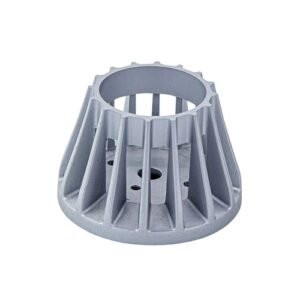
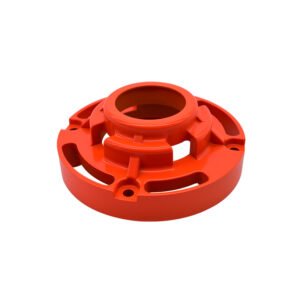
corrosive-Resistant Coating
- Corrosive-Resistant Coating – This surface treatment is ideal for products that’ll be exposed to inevitable wear, such as those used in vehicles. Not only does it provide corrosion protection, but it creates a fantastic appearance.
Polishing
- Polishing – Polishing the surface of your aluminum creates a smooth, glossy finish. This method is ideal for medical devices and other professional tools where appearance is equally important as their function.
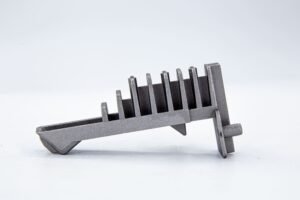
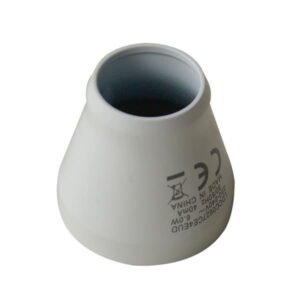
Embossing
- Embossing – Similar to painted surface treatment, the embossing technique allows you to customize your aluminum die casting even further with the potential to add unique patterns.
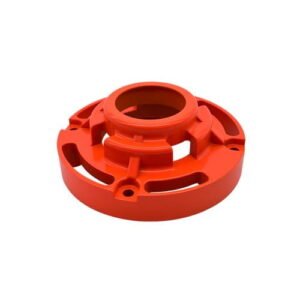

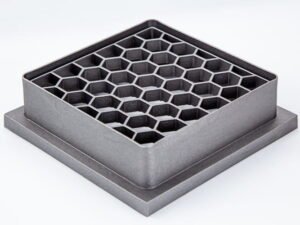
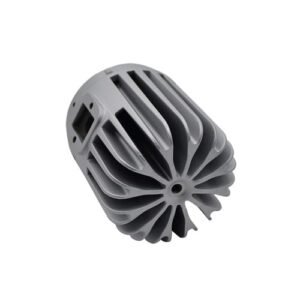
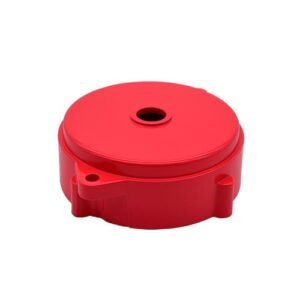
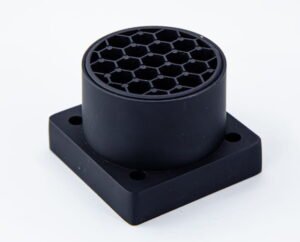

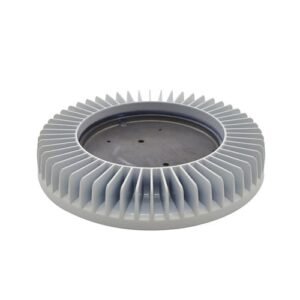
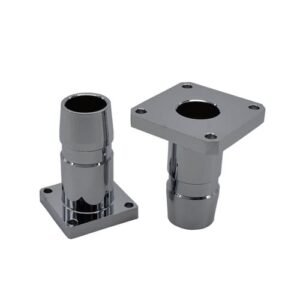
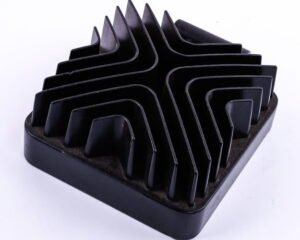
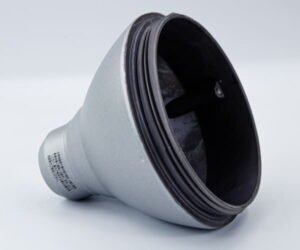
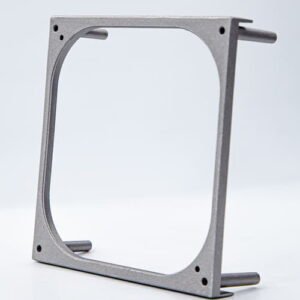
The workplace is divided into different areas, including the following sections
- Washing
- Paniting
- Drying


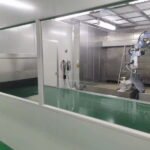
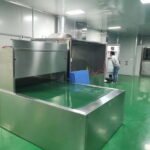
Let Castingod.com boost your business today!
Castingod have been in the business of aluminum die casting in China for more than 20 years, let a true industry veteran provide you with high quality casting parts






FAQs
What Does Surface Treatment Include?
Surface treatment is a method used to improve the properties and surface of a material to prepare it for further processing. The surface of a material can be modified via chemical, mechanical, or thermal treatments in order to boost its performance.
Surface treatments that are commonly used today are plating, coating, heat treating, grinding, polishing, and anodizing. Metal finishes and surface finish improved appearance of stainless steel and other metal parts.
What is Plating?
Plating is the method by which you apply a thin layer of a substance like gold, silver, or nickel to a metallic or plastic surface. Such a layer can improve a material’s visual appeal, electrical conductivity, wear resistance, and corrosion resistance.
Coating
The coating is a process of applying a thin resin layer to the surface of a metal or plastic object. This layer can improve aesthetics, improve insulation, and minimize friction.
Heat treating
Heat treatment is a method used to change a material’s structure by treating it at a high temperature. This can increase a material’s ductility, strength, and durability against wear.
Grinding
Grinding is the removal of particles from the surface of a material using an abrasive wheel. This technique can smooth out burrs, provide a uniform surface and improve surface finishes.
Polishing
The process of polishing involves using an abrasive material to polish a material’s surface. This technique can smooth out the surface, improve the part’s surface quality, and minimize surface flaws.
Anodizing
The anodizing method is used to establish a protective oxide layer on the surface of aluminum or titanium parts. This layer can increase a material’s electrical conductivity, corrosion resistance, and wear resistance.
Surface Treatments
Surface treatments have a wide range of applications to improve a material’s performance, aesthetics, and durability. It is essential to choose the best technique for the expected goal because different treatments are performed for various materials and end uses.
What Is the Surface Treatment Process?
1. Preparation: The material’s surface must be ready for treatment by removing any previous coating, sanding, and cleaning any dirt and debris from the surface.
2. Priming: Priming is the process of covering a surface with a protective material to improve adhesion.
3. Painting: Painting is the technique of covering a surface with a protective coating to provide a decorative and safe finish.
4. Finishing: Finishing involves giving the surface one last protective layer. This could include the use of sealer, wax, or lacquer.
5. Inspection: The treated surface must be inspected to make sure that all steps were taken and that no problems appeared.
Generally, aluminum parts go through different mechanical finishes like bead blasting, chromate conversion, and black oxide finishing services. The finishing services are good for:
- abrasive media
- rough surfaces
- cnc machining parts
- metal finishes metal parts
- component’s surface
What Are the Three Main Categories of Surface Treatment?
Surface treatment is used to protect products against wear, corrosion, and other sorts of damage and improve their efficiency, durability, and lifespan. The three main types of surface treatments are mechanical, thermal, and chemical treatments.
What Is the Difference Between Surface Treatment and Coating?
Coatings are organic or inorganic layers that are coated to a surface for a variety of uses. The coating may be applied for decorative purposes (such as painting) or functional purposes (such as galvanizing), which improve tarnish resistance by protecting the substrate’s surface from the surroundings.
Furthermore, coatings can serve as a thermal barrier or increase wear resistance in the automotive industry.
Surface treatment is a metallurgically modified technique of the material’s outermost layer, which is placed over a substrate with no impact on the characteristics of the base material.
Case hardening is the most widely used application in finishing and surface treatment services.
What Are Metal Finishing Services?
The process of “metal finishing” involves putting a protective coating on a metal surface in order to enhance visual quality, prevent rust, and offer other advantages including better electrical conductivity, corrosion resistance, and surface flowability.
The metal surface treatment may also include anodizing, painting, plating, powder coating, polishing, and more, depending on the metal and the desired finish.
Anodizing
Anodizing is a technique that uses an electrical current to build a protective coating on aluminum.
Anodizing increases the aluminum’s corrosion resistance, abrasion, and wear in order to protect it from damage. The process of anodizing is widely used to create a range of colors, textures, and finishes.
Painting
Painting is another popular metal finishing technique for a metal surface. A protective coating is applied to the metal surface during the painting process.
The coating is often applied with a brush, spray, or roller. Furthermore, paint protects it from harm and improves the beauty of the metal surface.
Plating
Plating is also another metal finishing technique that involves adding a metal coating to the surface of another metal.
The process protects the metal from corrosion and wear, and is typically made of a metal like copper, gold, or nickel. Moreover, plating helps in enhancing the metal surface’s electrical conductivity.
Powder Coating
Powder coating is also another metal finishing technique that enhances the appearance and durability of metal surfaces. Powder coating involves covering a metal surface with dry powder and heating it to provide a protective finish.
It can also be used to create a range of colors and finishes and also helps to protect the metal from corrosion, abrasion, and wear.
Polishing
Polishing is a metal finishing process that involves using abrasive materials to improve the aesthetics of metal surface treatment services. The process of polishing helps to remove imperfections, create a smooth surface, and improve the appearance of the metal.
Metal Finishing service
Metal finishing is a process that is used to improve the appearance and durability of metal surfaces. The type of finish that is applied to the metal will depend on the desired outcome, and the process of applying the finish will vary depending on the type of finish that is required.
What Are the Different Types of Surface Treatment on Metals?
There are various techniques for polishing metal items’ surfaces so that they fit better, look better, and resist corrosion. Many products are treated using a combination of many of these techniques. The following are the most commonly used surface treatments.
· Electrolytic polishing
· Electroplating
· Enamels and glazing
· Etching
· Galvanizing
· Heat treatment
· Metallizing
· Phosphating
· Plastics coating
· Priming
What Is Metal Surface Finishing Process?
Metal Surface finish is the process of altering the surface of a metal by adding, removing, or reshaping. The purpose is to protect the metal while also improving its aesthetics.
What Are the Different Types of Surface Treatments?
· Aluminum anodizing
· Zinc coating
· Nickel coating
· Tinning
· Blackening








